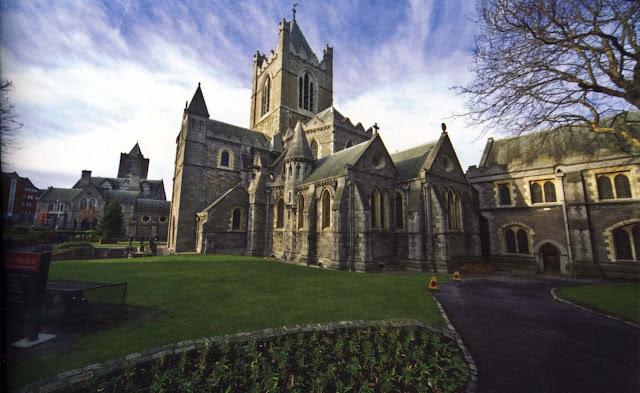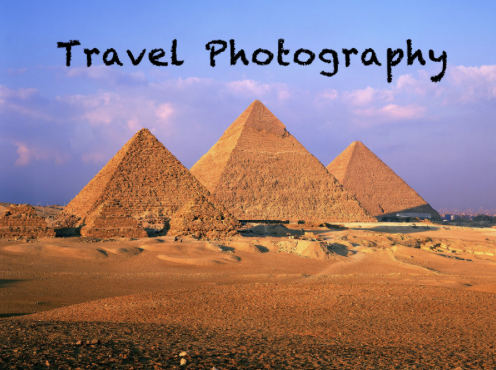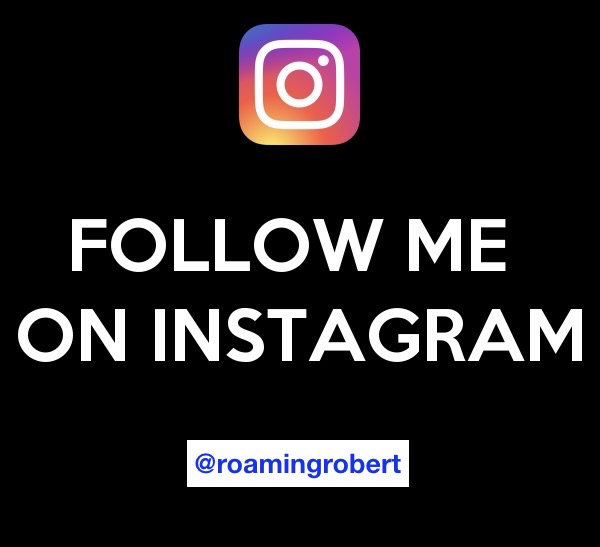Dublin can be divided into three main areas. These consist of Southeast Dublin, Southwest Dublin, and North of the Liffey. The Liffey is the main river which runs through the center of the city.
Southeast Dublin
It wasn’t until the founding of Trinity College in 1592 that this area of the city was developed. Southeast Dublin encompasses a number of historic buildings including the National Gallery, the National Museum, and the Bank of Ireland. Running north to south is Grafton Street. Famous for boasting many of Dublin’s better shops, hotels, and restaurants, this pedestrian street is a terrific place to people watch and enjoy some of the local street performers. To get away from the crowds of Grafton, you can take a stroll through the beautifully landscaped park, St. Stephens’s Green.
Southwest Dublin
This area, centered around Dublin Castle, was first settled in prehistoric times and is perhaps the most popular and historic in all of Dublin. It’s here where you’ll find two of the city’s largest cathedrals, Christ Church and St. Patrick’s, as well as many other quaint churches.
Dublin is famous for its vast number of pubs; in fact, it’s said that there are nearly 1,000 scattered within city limits. Many of the more popular can be found in and around Temple Bar. In the early 1600s, Sir William Temple acquired the land between Dame Street and the Liffey River. Since the term “Bar” meant a riverside path, this area became known as Temple Bar. Today, its cobbled streets are lined with bars, restaurants, and shops. Day or night, the happening crowds of both tourists and locals make it a great place to relax with a pint of Guinness.
Located in the heart of the St. James Gate Brewery is the Guinness Storehouse. Unfortunately, the Brewery isn’t open to the public. However, the Storehouse is and offers a wide range of information regarding how Guinness is made, as well as how it came to be so popular in Ireland and around the world. Whether a Guinness fan or not, this is definitely an attraction you don’t want to miss. Starting from the bottom level, this self guided tour makes its way up to the finishing point at Gravity Bar, where you can sip on a complementary pint while enjoying a panoramic view of the city.
North of the Liffey
When crossing the Liffey into the northern section of Dublin, be sure to take the Ha’penny Bridge. Opened in 1816, this high-arched footbridge got its nickname from the half-penny toll that was required to cross. The toll ended in 1919, but the nickname stuck. Today, it is one of Dublin’s most popular sights with its original period lanterns making it even more beautiful at night.
Walking along the north bank of the Liffey, you’ll see many sights including Four Courts and the Custom House. O’Connell Street is impressive and was once considered the most fashionable part of Dublin in which to live. Today it is lined with department stores and shops. Midway down the street, you’ll find the elegant stainless steel spire. At 394 feet, this makes for a perfect reference point to find your bearing while exploring around O’Connell.
Just as Guinness is Ireland’s most popular beer, Whiskey is its most sought after liquor. For those interested in the production of this drink of choice, check out the Old Jameson Distillery located just off of Bow Street.
Outside Dublin
Ireland is a wonderful country to rent a car and spend a few weeks exploring the countryside. However, if you’re limited on time, there are a number of shorter trips just outside of Dublin to enjoy. One of the quickest ways out of town is to take advantage of the DART line. Running from Howth in the north to Bray in the south, this train provides some rewarding views of the coast and even passes a few beaches.
Howth is a small commercial fishing town that rests on a teardrop shaped peninsula just eight miles north of Dublin. It’s a great place to take a day trip and get away from the bustling city. The hiking trails along the coast are amazing and provide rewarding views of the bay and the bird sanctuary known as Ireland’s Eye.
Another day trip worth checking out is to head down south to Glendalough and the Wicklow Mountains. Numerous trails weave through this lush green area providing an excellent opportunity to enjoy the open countryside.
Ireland is a small country with lots to see and Dublin makes for a great place to start. The people are friendly and the culture is deep. Whether spending just a few days in the capital, or weeks exploring the outskirts, this Irish adventure is surly one you’ll never forget.













Love looking at the pictures! Nice information for someone wanting to decide on somewhere new to go. Put my mom on your update, she said she likes looking at your travel pictures. Hope all is well!